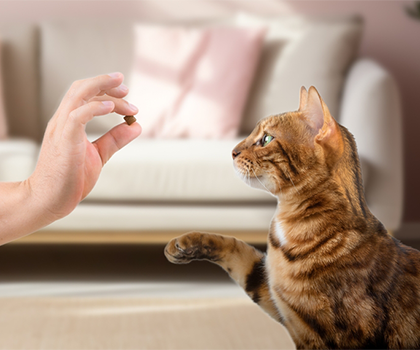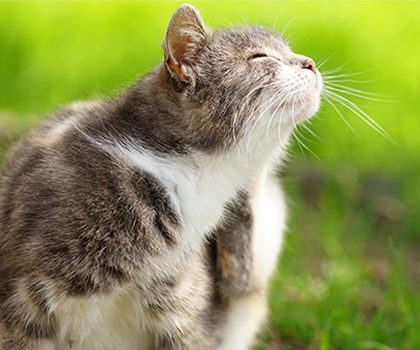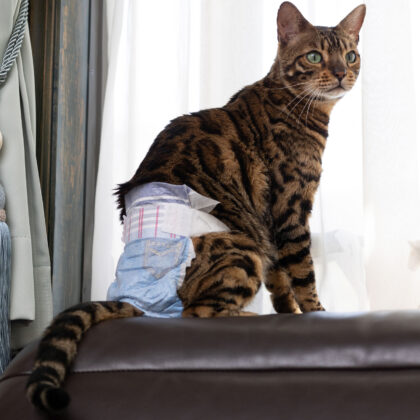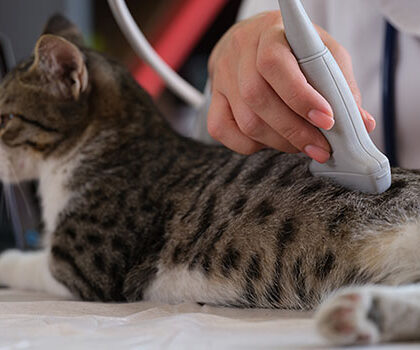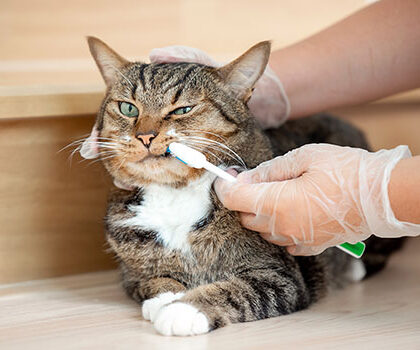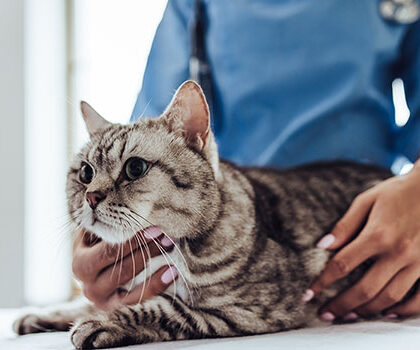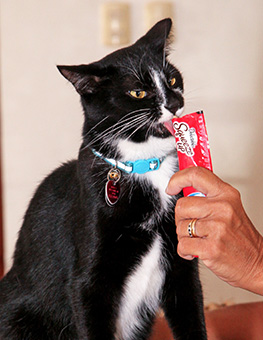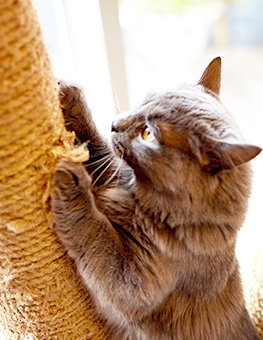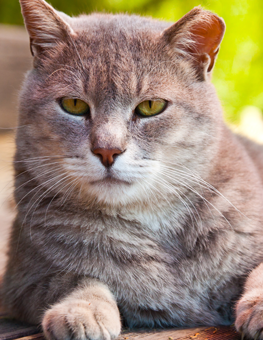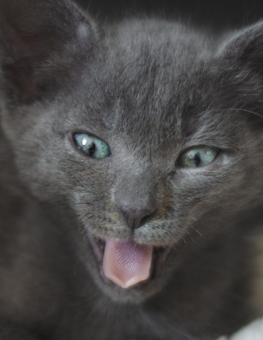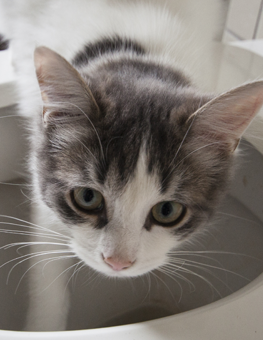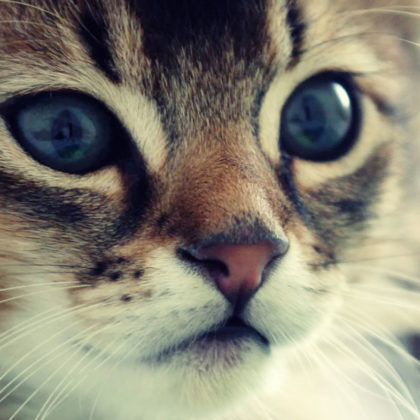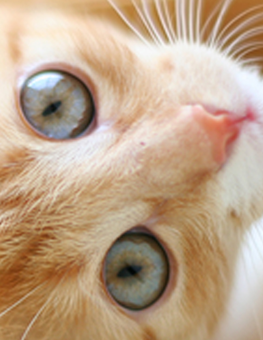Getting your cat to a healthy weight
If you're not up and moving, there's a good chance that your cat isn’t either. But it’s not just a lack of exercise. The way you eat can affect not just how you look, but also how you feel. The same is true of our pets.

Weight gain can affect cat wellness and lead to ailments.
Being overweight or obese can certainly inhibit your cat’s quality of life. Weight gain is a huge problem that can directly affect cat wellness and lead to a multitude of ailments such as diabetes, joint issues, and even heart disease. And it’s true that getting your cat to a healthy weight is far more difficult than working with a canine. So cat owners will have to put in the extra effort to get your feline back in shape.
Most of us can’t just take our cats out on extra walks or romps in the park to get some more physical activity in. Being kept indoors, having little reason to move around, and food appearing in a bowl with no effort on the cat’s part can hinder keeping your cat at a healthy weight.
Keep the following tips in mind to help your furry friend regain his vitality and get back to a more fit and healthier state:
Take Your Cat to the Vet
Before you embark on any feline weight loss plan, you should first get advice from your veterinarian. Your vet will let you know the ideal weight for your cat as well as what type of food and quantity can help you achieve that weight. Your cat’s size and age will be important factors in your plan to ultimately slim him down to the perfect proportion. So specialized advice from your vet is usually the best course of action. Your veterinarian may also do bloodwork to help begin a course of action to help your feline lose weight. This is a great opportunity to get your kitty’s vaccinations and yearly exam out of the way, too!
Make a Commitment to Regular Play

Increase playtime with your cat to help them burn calories
Getting your feline up and moving is one of the most effective means of accelerating heart rate and burning calories. But, unless you are able to bring your cat on regular walks, you'll have to get a bit creative. Invest in a few engaging cat toys that make sounds and can pique interest. Hide the toys inside of a paper bag or search for feathery toy that can dangle behind you and can be chased.
While laser pointers are a surefire way to get your cat up and moving, they can frustrate your furry friends since that little red light can never be caught! Try getting your cat excited with a laser pointer, then moving to a physical toy that can be pounced on to satisfy him and allow him to win the game.
A Change in Diet
Upping the nutritional quality of your feline's food and limiting portion sizes is another effective means of dropping excess weight. Look for products made with mainly natural ingredients and free of corn, grain, and other fillers. It may cost a bit extra, but it may just improve your feline's longevity and overall health. A good rule of thumb is that meat should be the first ingredient listed on the bag or can. Your vet can help you to understand what foods can promote a cat’s healthy weight and which should be avoided. If you do decide to change your cat’s diet, be sure to make those changes gradually and over a period of time to avoid upsetting your cat’s stomach.
Small, Frequent Feedings

Small, frequent feedings can reduce frustration and stress when limiting portion sizes.
All too often, drastically limiting your cat’s food intake can be a stressful experience. If your feline friend is used to free feeding or certain portion sizes, he can easily become frustrated, anxious, and even aggressive as he learns to cope with his new diet. The best way to combat this is to split your veterinarian’s recommended daily portion into multiple, small meals.
Your cat’s stomach is roughly the size of a ping pong ball, so even feeding 10-15 kibbles or a quarter of a 5oz can of food can be enough to fill them up. Most cat parents can make time for at least four meals, rather than the average two meals daily. This has been proven to reduce anxiety and aggression around food exacerbated or caused by limiting portion size.
If you have a chunky cat, consistency and sticking to a diet and exercise plan are key to getting your cat to a healthy weight. Remember to always involve your veterinarian when making any big changes to your cat’s daily care. Enjoy increased playtime with your cat and increased bonding time over those small, frequent feedings!



